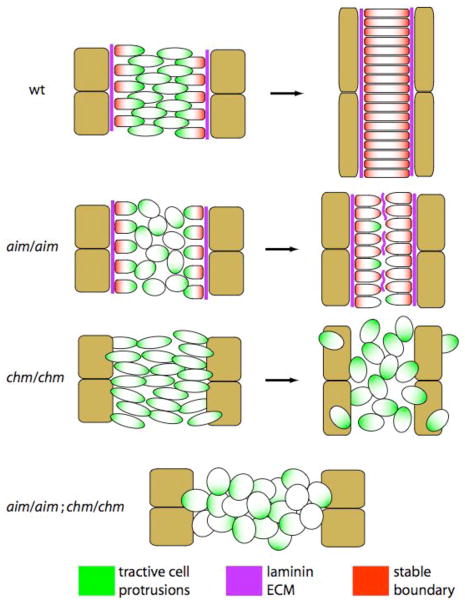Fig. 6. A model of ascidian notochord morphogenesis.
In wildtype embryos, the planar cell polarity pathway mediates mediolateral intercalation behavior and a perinotochordal laminin-containing ECM mediates boundary formation.
When the PCP pathway is disrupted in aim/aim embryos, mediolaterally-biased notochord cell intercalation is perturbed but considerable convergence and extension still slowly occur. This may be the result of randomly moving notochord cells being “trapped” where they stochastically contact the notochord boundary. The PCP pathway is also required to maintain perinotochordal/intranotochordal Cs-lamα3/4/5 polarity. The failure of aim/aim notochord cells to complete the final stages of intercalation may reflect this deposition of laminin on intranotochordal surfaces.
In chm/chm embryos there is a defect in perinotochordal boundary formation and notochord cells become dispersed in the tail. Despite this morphogenetic defect, there is still a moderate degree of convergence and extension, which is likely due to the PCP pathway given that the aim/aim;chm/chm double mutant shows a near complete failure in convergence and extension. Although the lack of epistasis suggests that the two processes act at least partly in parallel, the true relationship is clearly complex given the role of aim in maintaining Cs-lamα3/4/5 polarity and the role of Cs-lamα3/4/5 in maintaining polarized cell behaviors.

